Market Growth Projections
The Global Online Education Market Industry is poised for substantial growth, with projections indicating a remarkable increase in market size. The market is expected to expand from 22.4 USD Billion in 2024 to an astonishing 551.4 USD Billion by 2035. This growth trajectory suggests a compound annual growth rate (CAGR) of 33.81% from 2025 to 2035. Such projections highlight the increasing reliance on online education as a viable alternative to traditional learning methods. Factors contributing to this growth include technological advancements, rising demand for flexible learning solutions, and the globalization of education, all of which are likely to reshape the educational landscape in the coming years.
Globalization of Education
The Global Online Education Market Industry is significantly influenced by the globalization of education. As educational institutions expand their reach beyond geographical boundaries, learners gain access to a diverse array of courses and programs from around the world. This globalization fosters cross-cultural exchanges and enhances the quality of education by incorporating global perspectives. Online platforms facilitate this trend by providing a medium for international collaboration and knowledge sharing. Consequently, the market is likely to witness an influx of international students seeking quality education, thereby driving growth and diversification in course offerings.
Increased Investment in EdTech
Increased investment in educational technology (EdTech) is a crucial driver of the Global Online Education Market Industry. Governments and private sectors are recognizing the potential of EdTech to enhance learning outcomes and are allocating substantial resources to develop innovative solutions. This investment not only supports the creation of new online courses but also improves existing platforms, making them more user-friendly and effective. As a result, the market is expected to thrive, with projections indicating a growth trajectory that could see it reach 551.4 USD Billion by 2035. The influx of capital into EdTech is likely to spur further innovation and competition, benefiting learners worldwide.
Technological Advancements in Education
Technological advancements play a pivotal role in shaping the Global Online Education Market Industry. Innovations such as artificial intelligence, virtual reality, and interactive learning tools are transforming traditional educational paradigms. These technologies provide immersive learning experiences, enabling students to grasp complex concepts more effectively. For instance, AI-driven platforms can tailor educational content to individual learning paces, thereby enhancing comprehension. As the market evolves, the integration of such technologies is expected to attract more learners, contributing to a projected market growth from 22.4 USD Billion in 2024 to an estimated 551.4 USD Billion by 2035, with a remarkable CAGR of 33.81% from 2025 to 2035.
Growing Acceptance of Online Credentials
The Global Online Education Market Industry is witnessing a growing acceptance of online credentials among employers and educational institutions. As online learning becomes more prevalent, employers increasingly recognize the value of skills acquired through digital platforms. This shift is encouraging more individuals to pursue online courses, as they perceive these credentials as legitimate and valuable. The trend is likely to contribute to the market's expansion, as more learners seek to enhance their qualifications through online education. With the market projected to grow from 22.4 USD Billion in 2024 to 551.4 USD Billion by 2035, the increasing recognition of online credentials is expected to play a significant role in this growth.
Rising Demand for Flexible Learning Solutions
The Global Online Education Market Industry experiences a notable surge in demand for flexible learning solutions. This trend is primarily driven by the increasing need for personalized education that accommodates diverse learning styles and schedules. As of 2024, the market is valued at approximately 22.4 USD Billion, reflecting a growing acceptance of online platforms among learners of all ages. Institutions are adapting to this demand by offering a variety of online courses, which allows students to balance their education with work and personal commitments. This flexibility is likely to enhance student engagement and retention, further propelling the market's growth.


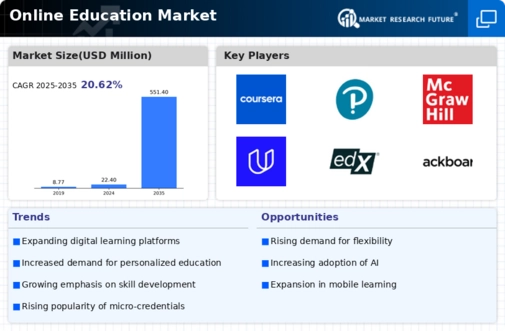
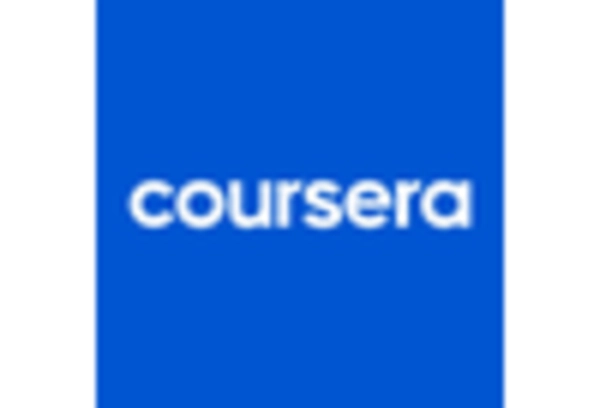
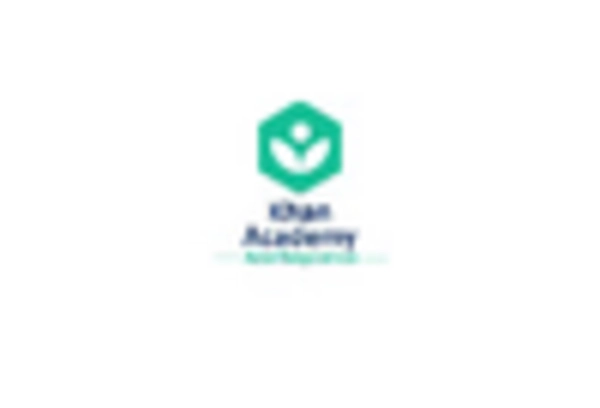
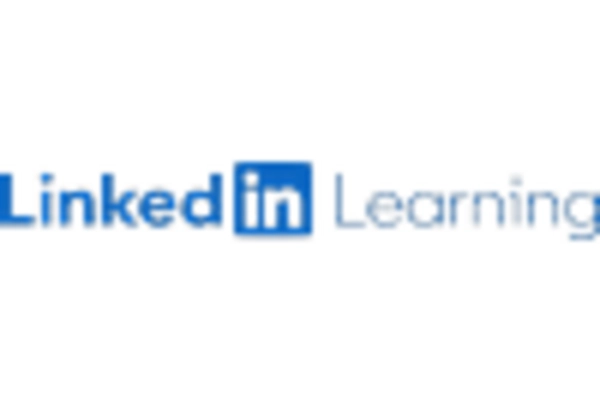
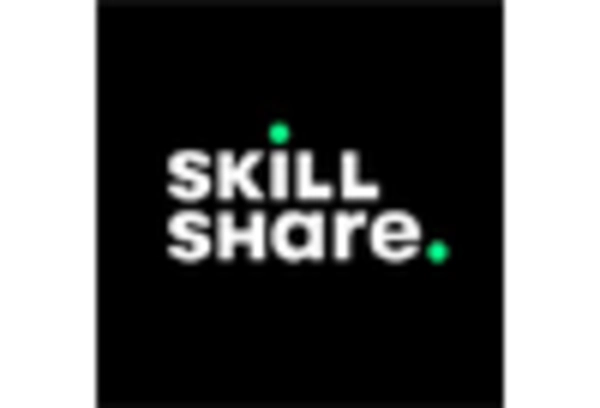
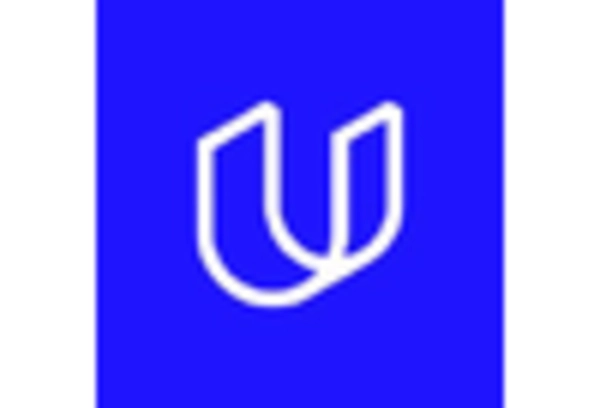
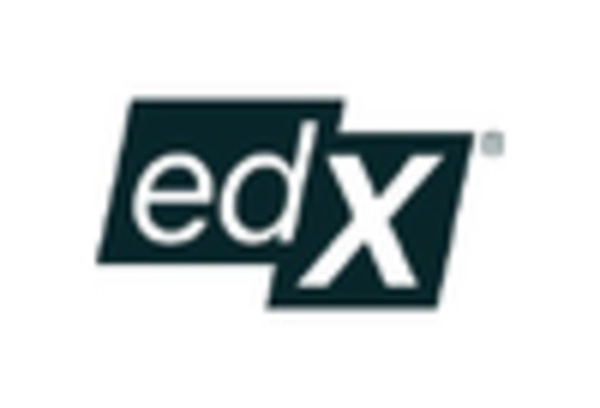








Leave a Comment